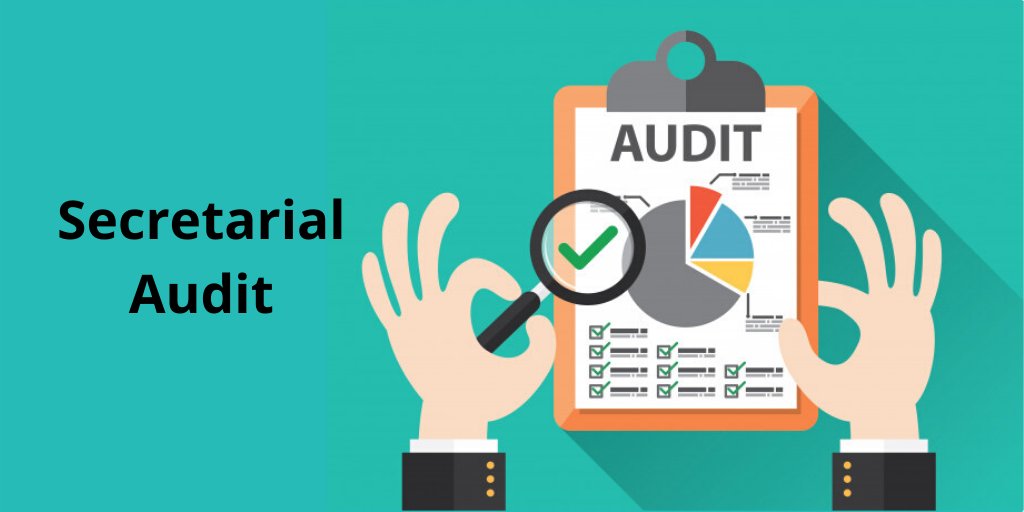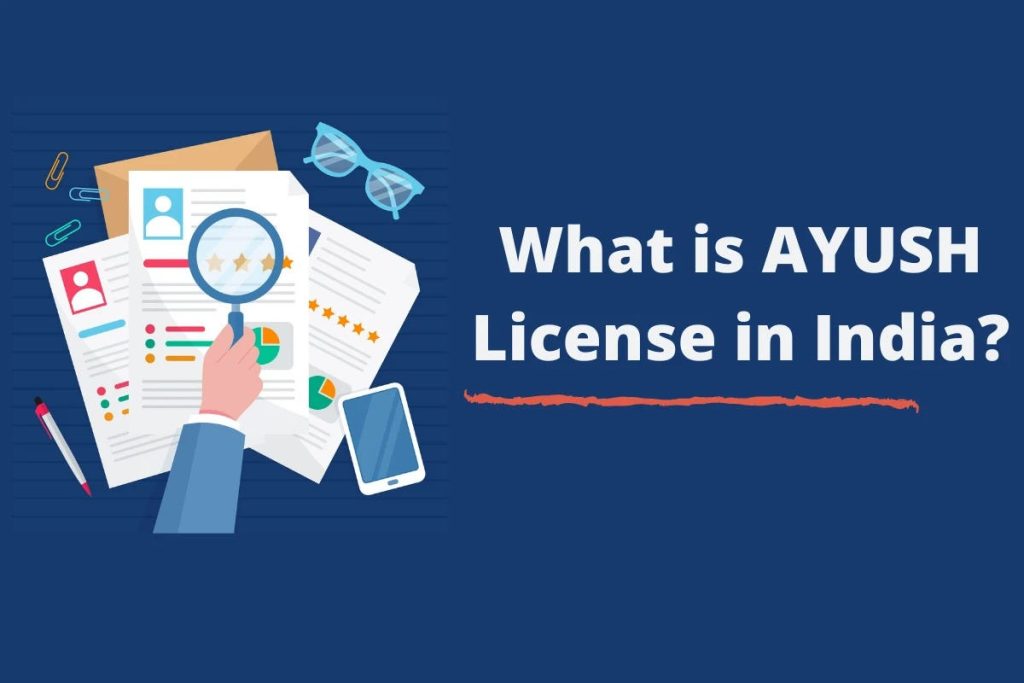Design registration is a crucial step for creative professionals to protect their innovative designs and prevent others from copying or imitating their work. It provides legal recognition and exclusive rights over the design, ensuring that the creator has control and ownership over their intellectual property. In India, design registration is governed by the Designs Act, which outlines the process and requirements for obtaining design registration.
Understanding the importance of design registration
Design registration holds immense importance for creative professionals, as it offers several benefits that can greatly enhance their professional journey. Firstly, design registration grants the creator exclusive rights and legal protection over their design. This means that no one else can use, sell, or reproduce the design without the creator’s permission. This not only safeguards the creator’s reputation and market position but also provides a competitive advantage in the industry.
Additionally, design registration helps in establishing a strong brand identity and prevents counterfeiting. It allows creative professionals to build a unique and recognizable brand by protecting their distinctive designs. This prevents others from capitalizing on their success and diluting their brand value. Moreover, registered designs act as a deterrent for potential infringers, as they are aware of the legal consequences they may face if they attempt to copy or imitate the registered design.
The legal framework for design registration in India
In India, design registration is governed by the Designs Act, of 2000. This act provides the legal framework for the registration and protection of designs. According to this law, a design is any feature added to an object such as a shape, configuration, pattern, ornament, or composition of lines or colors. The design must be brand-new or original, and it cannot have been made public prior to submitting an application for registration.
When a design is registered in India, the creator is granted exclusive rights for ten years, which can then be extended for an additional five years. During this period, the creator has the sole authority to exploit the registered design and take legal action against any infringement. The registration process involves applying with the Design Office, which includes providing the necessary documents and paying the prescribed fees.
Benefits of design registration for creative professionals
Design registration offers numerous benefits for creative professionals, making it an essential step in their careers. Firstly, it provides legal protection and exclusive rights, ensuring that their designs are not misused or copied by others. This allows them to capitalize on their creativity and innovation, without the fear of losing their competitive edge.
Furthermore, design registration enhances the market value of creative professionals. Registered designs act as tangible assets that can be licensed, sold, or used as collateral for loans. This opens up new avenues for revenue generation and business expansion. Potential investors and partners are more likely to be attracted to a creative professional who has protected their designs, as it showcases their commitment to intellectual property rights and professionalism.
Moreover, design registration helps in building a strong brand identity. Registered designs create a unique visual identity for the creative professional, making their products easily recognizable in the market. This helps in establishing a loyal customer base and differentiating their offerings from competitors. Design registration also acts as a marketing tool, as it provides a competitive advantage and adds value to the brand.
Exploring the process of design registration in India
The process of design registration in India involves several steps, which need to be followed diligently to ensure a successful application. The first step is to conduct a thorough search to ensure that the design is new and not already registered or published. This can be done through the Design Office’s online database or by seeking professional assistance.
Once the novelty of the design is confirmed, the next step is to gather the necessary documents for the registration application. These documents include a statement of novelty and originality, drawings or photographs of the design, and a power of attorney. It is essential to provide clear and accurate representations of the design, as this will determine the scope of protection granted.
After the documents are prepared, they need to be submitted to the Design Office along with the prescribed fees. The Design Office will examine the application to ensure it complies with the requirements of the Designs Act. If any discrepancies or objections are raised, the applicant will be allowed to address them. Once the application is found to be in order, the design will be registered, and a registration certificate will be issued.
Documents required for design registration in India
To successfully register a design in India, certain documents are required to be submitted along with the application. These documents include:
- Statement of novelty and originality: A declaration stating that the design is new and original, and has not been disclosed to the public before applying.
- Drawings or photographs of the design: Clear and accurate representations of the design that clearly show its features, shape, configuration, pattern, ornament, or composition of lines or colors.
- Power of attorney: A document authorizing a representative to act on behalf of the applicant during the registration process.
It is important to ensure that these documents are well-prepared and meet the specific requirements of the Design Office. Any inaccuracies or missing information can lead to delays or rejection of the application.
A step-by-step guide to the design registration process
To guide creative professionals through the design registration process in India, here is a step-by-step guide:
- Conduct a thorough search to ensure the design is new and not already registered or published.
- Prepare the necessary documents, including a statement of novelty and originality, drawings or photographs of the design, and a power of attorney.
- Submit the application and documents to the Design Office along with the prescribed fees.
- The Design Office will examine the application and may raise objections or request additional information.
- Address any objections or provide the requested information within the specified timeframe.
- Once the application is found to be in order, the design will be registered, and a registration certificate will be issued.
- Maintain the registration by paying the renewal fees periodically to ensure the continued protection of the design.
By following these steps and ensuring compliance with the Designs Act, creative professionals can successfully register their designs in India and enjoy the benefits of design protection.
Tips for a successful design registration application
To increase the chances of a successful design registration application, creative professionals can follow these tips:
- Conduct a thorough search to ensure the design is new and not already registered or published.
- Provide clear and accurate representations of the design to showcase its features.
- Seek professional assistance if needed, to navigate the complexities of the registration process and ensure compliance with the Designs Act.
- Respond promptly to any objections or requests for information from the Design Office.
- Keep track of important dates, such as the renewal deadlines, to maintain the registration and enjoy continued protection.
By being proactive, meticulous, and well-prepared, creative professionals can maximize their chances of a successful design registration application.
Design registration online: Making the process easier
In today’s digital age, the Indian Design Office has embraced technology to simplify the design registration process. Online registration facilities are available, allowing creative professionals to conveniently file their applications and track their progress. This eliminates the need for physical visits to the Design Office and reduces paperwork, resulting in a more efficient and streamlined process.
To utilize the online design registration facility, creative professionals can visit the Design Office’s website and create an account. They can then fill out the online application form, attach the necessary documents in digital format, and pay the prescribed fees electronically. The Design Office’s online portal also provides updates on the status of the application, allowing applicants to stay informed throughout the process.
Design registration online offers convenience, speed, and accessibility, making it an ideal option for creative professionals who want to protect their designs efficiently.
Search for registered designs in India
Before embarking on the design registration process, it is essential to search to ensure that the design is not already registered or published in India. This can be done through the Design Office’s online database, which provides access to information about registered designs.
To search for registered designs in India, creative professionals can visit the Design Office’s website and navigate to the search section. They can enter keywords, such as the design’s features or industry, to narrow down the results. The database will display information about registered designs, including their registration number, date of registration, and the name of the registered proprietor.
By conducting a thorough search, creative professionals can avoid potential conflicts and ensure that their design is eligible for registration.
Design registration services in India
To simplify the design registration process and ensure compliance with the Designs Act, creative professionals can seek the assistance of design registration services in India. These services specialize in guiding applicants through the entire registration process, from conducting searches to submitting applications and addressing objections.
Design registration services in India offer expertise and experience in dealing with the intricacies of design registration. They can help creative professionals in preparing accurate representations of their designs, ensure compliance with the requirements of the Designs Act, and respond to objections raised by the Design Office. These services can also provide valuable insights and advice on maximizing the protection and commercial value of registered designs.
By utilizing the services of design registration experts, creative professionals can navigate the design registration process with ease and confidence.
Conclusion: Unlocking the value of design registration for creative professionals
Design registration in India is not just a legal formality; it is an essential step for creative professionals to protect their innovative designs and unlock their value. The process of design registration, governed by the Designs Act, provides exclusive rights, legal protection, and a competitive advantage in the industry.
By understanding the importance of design registration, creative professionals can safeguard their designs, build a strong brand identity, and prevent counterfeiting. The step-by-step guide, tips, and online registration facilities make the process more accessible and efficient. Conducting thorough searches and utilizing design registration services further enhance the chances of a successful application.
Design registration is a valuable tool that empowers creative professionals to capitalize on their creativity, innovation, and hard work. By seeking design registration in India, they can secure their designs, establish their market position, and thrive in the competitive world of creative industries.










